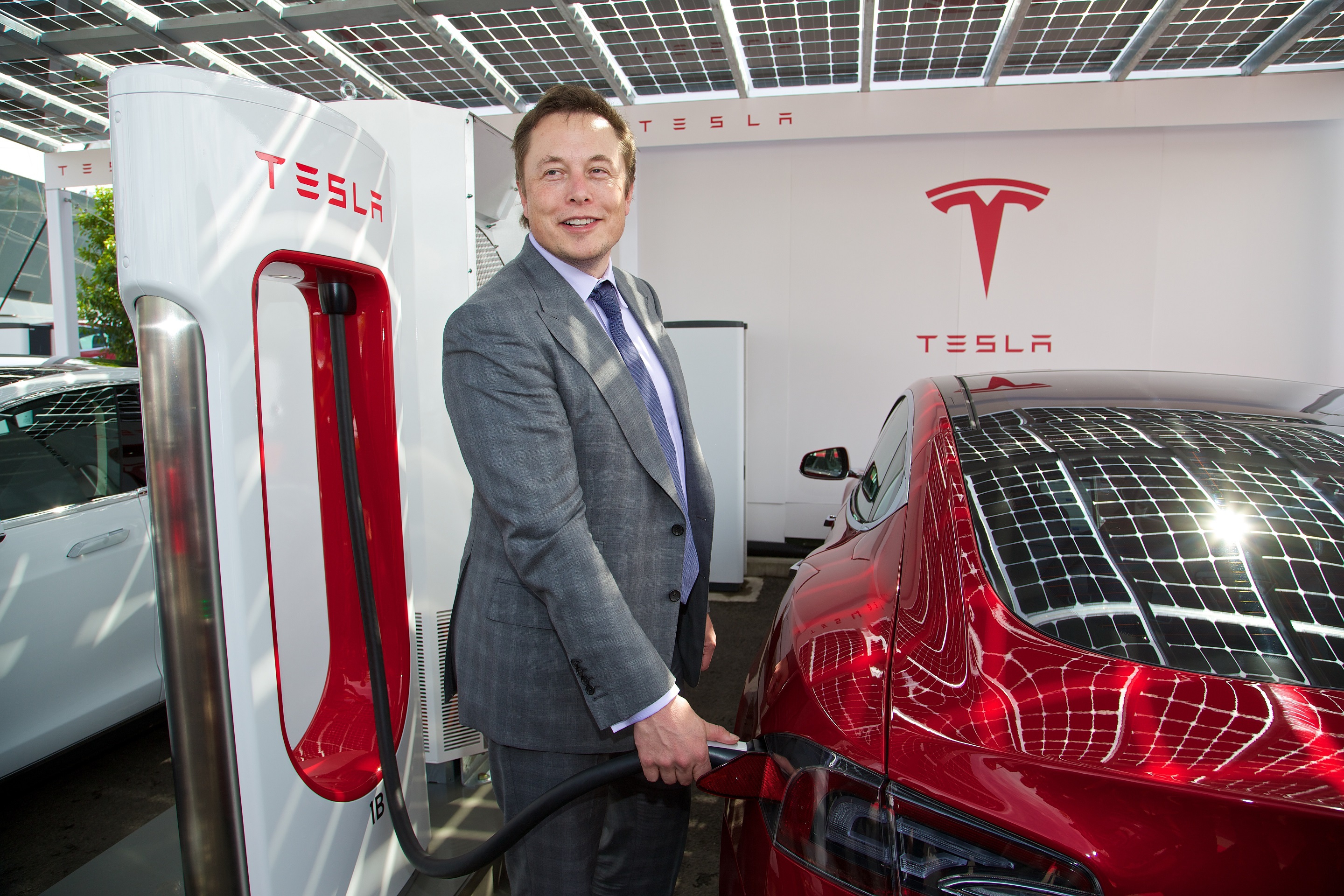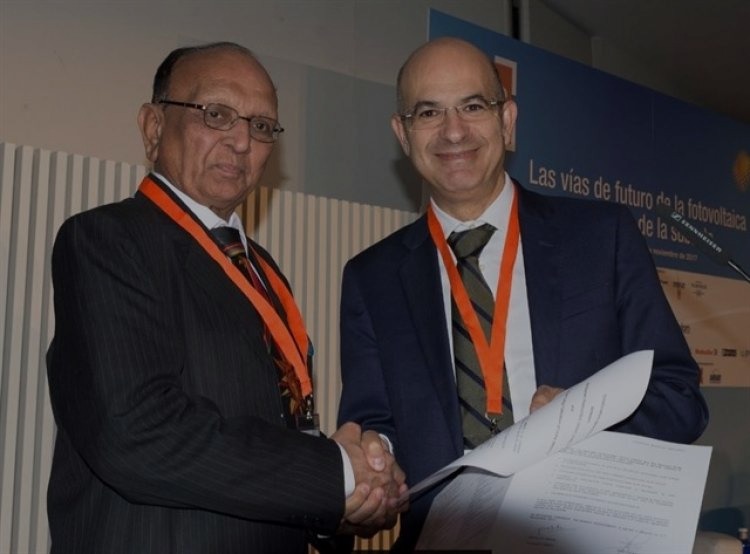The iron ion battery is cost-effective and can store a high amount of energy
Indian Institute of Technology (IIT) Madras researchers have for the first time fabricated a rechargeable iron ion battery using mild steel as the anode. The iron ion battery is cost-effective and the amount of energy that can be stored in the battery is also high.
While lithium ions are the charge carriers in the lithium-ion battery, the Fe2+ ions perform that function in the case of iron ion battery.
With the world turning its attention to electric vehicles, the focus is on developing batteries that are cheaper. With no lithium reserves in India and a shortage of lithium reserves in the world, the stress is on developing rechargeable batteries of comparable performance using materials other than lithium. And this is where the work of IIT Madras gains importance.
Indian Institute of Technology (IIT) Madras researchers have for the first time fabricated a rechargeable iron ion battery using mild steel as the anode. The iron ion battery is cost-effective and the amount of energy that can be stored in the battery is also high.
While lithium ions are the charge carriers in the lithium-ion battery, the Fe2+ ions perform that function in the case of iron ion battery.
With the world turning its attention to electric vehicles, the focus is on developing batteries that are cheaper. With no lithium reserves in India and a shortage of lithium reserves in the world, the stress is on developing rechargeable batteries of comparable performance using materials other than lithium. And this is where the work of IIT Madras gains importance.
The team led by Ramaprabhu Sundara from the institute’s Department of Physics demonstrated the performance of an iron ion battery for up to 150 cycles of charging and discharging. With 54% capacity retention at the end of 50 cycles of charging and discharging, the battery displays good stability. The results were published in the journal Chemical Communications.
When fabricated under controlled conditions, the amount of energy that can be drawn from the iron ion battery is 220 Wh per kg, which is 55-60% of lithium-ion battery’s performance. The energy density of the lithium ion battery is around 350 Wh per kg.
Favorable results
“We can fabricate the battery under ambient conditions too. Under such conditions, we get nearly 40% of lithium-ion battery’s performance,” says Prof. Ramaprabhu. “The battery can also be cycled at high current densities so that energy can be drawn at a faster rate from the battery.”
“Iron has favourable Physico-chemical properties like lithium,” he says. The redox potential of iron ion is higher than lithium-ion and the radius of the Fe2+ ion is nearly the same as that of the lithium-ion. “These two favourable properties of iron have been overlooked for so many years. And that’s the reason why we don’t have iron ion rechargeable batteries,” Prof. Ramaprabhu says.
In pure iron, the easy removal of iron ions from the anode and their reinsertion, which is an essential mechanism in battery operation, is not possible. However, a small amount of carbon present in mild steel facilitates this process.
“Iron is more stable during the charging process and therefore prevents short-circuiting of the batteries. Thus, when compared with the popular lithium metal-based batteries, we are able to cut down the cost and make it safer to handle,” says Sai Smruti Samantaray a co-author of the paper and a Ph.D. student at IIT Madras.
Different cathode
In iron ion battery, vanadium pentoxide is used as the cathode. Vanadium pentoxide was chosen as it has a layered structure with very large spacing between the layers.
“The large inter-layer spacing in vanadium pentoxide allows iron ions to easily move in and bind to the interlayers of the cathode and also easily get detached and move back to the anode,” says Ajay Piriya who is a Ph.D. student at IIT Madras and the first author of the paper. “Vanadium pentoxide is already in use as a cathode in multivalent ion batteries.”
Finally, a different electrolyte was used — ether-based electrolyte containing dissolved iron perchlorate. “We tried different electrolytes including conventional ones and also a combination of different electrolytes. But we got the best result with an ether-based solvent containing dissolved iron perchlorate. The iron perchlorate behaves like an ion-conducting medium between the anode and cathode,” says Ms. Samantaray.
Improving performance
The team is now focused on further improving the performance of the iron ion battery. Since the electrolyte cannot be changed, the researchers are trying out different cathode materials.
“We are trying out different metal oxides to increase the amount of iron ions that can bind to the cathode. When more iron ions bind to the cathode, more energy can be stored in the battery leading to improved performance,” says Ms. Piriya.
“We are currently working on other kinds of battery electrochemistry using iron as one of the electrodes. We are also trying to improve the stability of the battery,” he says.
Source:- https://www.thehindu.com/sci-tech/science/iit-madras-registers-initial-success-with-iron-ion-battery/article28976853.ece


